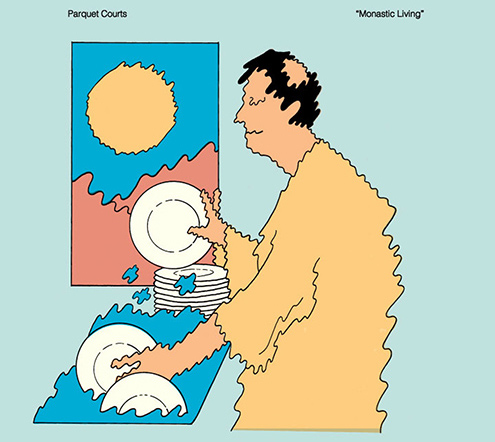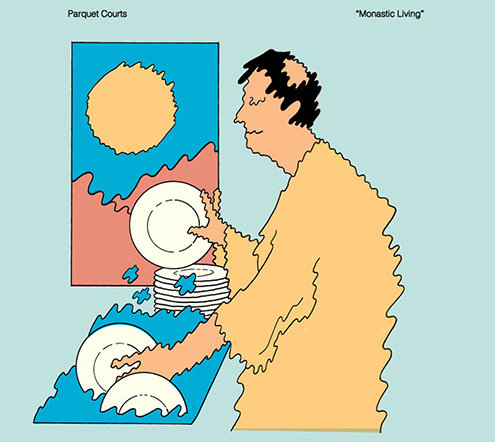In theory it is perfectly possible to create energy-neutral houses, but in practice the residents often throw a spanner in the works. According to PhD candidate Daša Majcen, energy labels are only meaningful when they are linked to actual consumption data. She advocates creating more awareness among residents.
In the Netherlands energy labels are the most important means of measuring the energy performance of dwellings, even though they say little about actual energy consumption. “All labels do is compare the thermal values of different types of dwelling”, explains Majcen. “They see energy consumption and family composition as fixed values. But of course this is not so in real life.”

For her thesis 'Predicting energy consumption and savings in dwelling stock; a performance gap analysis in the Netherlands' she analysed data from 200,000 dwellings – most of which were in the social housing sector. In addition to this, she was commissioned by Rekenkamer Amsterdam to investigate the effectiveness of capital grants to housing corporations for the energy renovation of their rental stock. Main question: does stepping from one energy-efficiency class to another actually lead to less energy consumption and thus also reduced CO2 emissions? For this study Majcen carried out random checks among just under 40,000 homes in the social rental sector, coupling the energy label database of the Netherlands Enterprise Agency to energy data supplied by Statistics Netherlands.
"A lone senior citizen living in a house rated as energy label G sometimes used less energy than a family with children living in a dwelling with an A energy rating."
Her findings were surprising. A lone senior citizen living in a house rated as energy label G sometimes used less energy than a family with children living in a dwelling with an A energy rating. Furthermore, most people living in old, poorly insulated houses scored well on their heating costs. And the reverse is also true. While the actual gas consumption for energy labels D to G is markedly lower than the theoretical consumption – around half on average – the opposite is true for the highest energy ratings: the actual energy consumption is far higher than was estimated beforehand. Energy consumption is reduced when the U-value (thermal transmittance) is raised. But for a dwelling rated with energy label A, actual consumption is often 20 to 30 percent higher than the theoretical consumption.
Why is this? Majcen thinks that a possible explanation is that in older dwellings, not all rooms have central heating. Draughty, poorly insulated rooms can also be difficult to keep warm, in this case residents may find it more efficient to huddle together around a heat source. While people who live in super-insulated homes tend to think that they don't have to worry about their heating use.
The huge gap between theory and practice impedes policy and investment concerning energy-neutral renovations, as it makes it difficult to calculate costs and payback period with any degree of accuracy. Another problem is that the energy consumption data stated on the label bears little relation to reality. So how can you give an idea of what sustainability results you can expect from a major renovation aimed at increasing the sustainability of the dwelling? Majcen suggests this can be achieved by stating the actual average consumption. She also notes that raising awareness among residents is at least as important as any technical measures. “We are the deciding factor, so policy needs to also be aimed at the end users”, says Majcen. “Fortunately we now have an enormous amount of data that we can use and share. So we don't need to fail in future.”
